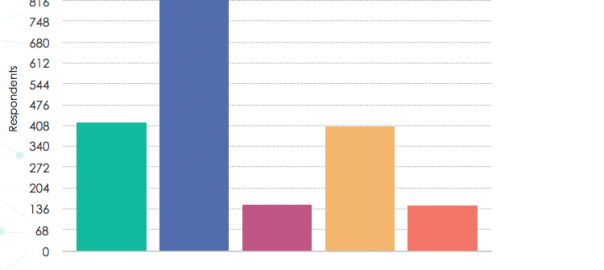The survey found that consumers are not that interested in ‘brand morals’ and don’t want content or ads that feel overly personalized.

Given all the politics and polarization in the market these days, it’s a bit of a minefield for brands. Loyalty is down, according to many studies, and consumers seem generally less tolerant of brands making mistakes or otherwise behaving badly.
However, in a new survey from mobile-location data company Blis, 52 percent of respondents say they’re more loyal to brands today than they were five years ago. Another counterintuitive data point is that women appear to be significantly less brand-loyal than men. But the study also has a range of interesting and more nuanced findings than “brand loyalty is up or down.”
The survey of 2,000 US consumers offers a “hierarchy of needs” and values that consumers use to evaluate and make purchase decisions from retailers and brands. At the bottom — the most weighty or common considerations — are product quality and price. Less influential are the sellers’ values or “morals,” as a purchase consideration.
Consumer Hierarchy of Brand Needs
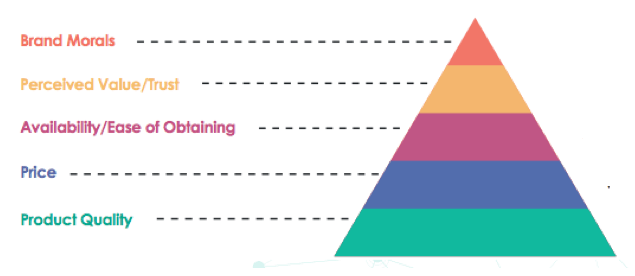
As reflected above, a large majority (71 percent) of the survey respondents said that their primary criteria in dealing with brands were price and product quality. Interestingly, consumers were more forgiving of errors or mistakes if they “liked the brand.” (It’s not entirely clear what that means.) But there were distinct variations and differences by age cohort and income level.
The largest group gave brands only one opportunity to fail before switching loyalty. Among the different age categories, millennials were the least forgiving, unless they “liked the brand.” However, it’s important to remember that sentiments expressed in a survey and actual behavior are not always the same.
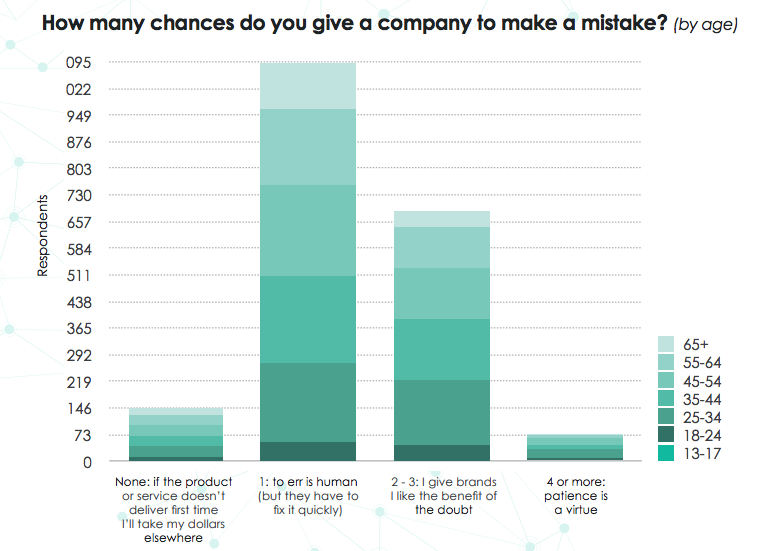
The survey also found that the higher the income level, the less forgiving or patient consumers were:
[T]he higher the consumer household income, the more likely they are to ditch a brand. 36% of consumers surveyed with an household income under $25,000 are willing to give brands multiple chances whereas 54% of consumers making between $75,000 and $200,000 are less willing to forgive.
Asked about behaviors that annoy or alienate them, consumers in the survey cited poor quality, “shady business practices” and poor customer service as the top turnoffs. Following those were overly personalized content that implied surveillance, unrecognized loyalty and too many emails (overcommunication). The content most valued in a different set of findings was “promotional” (implying discounts or rewards).
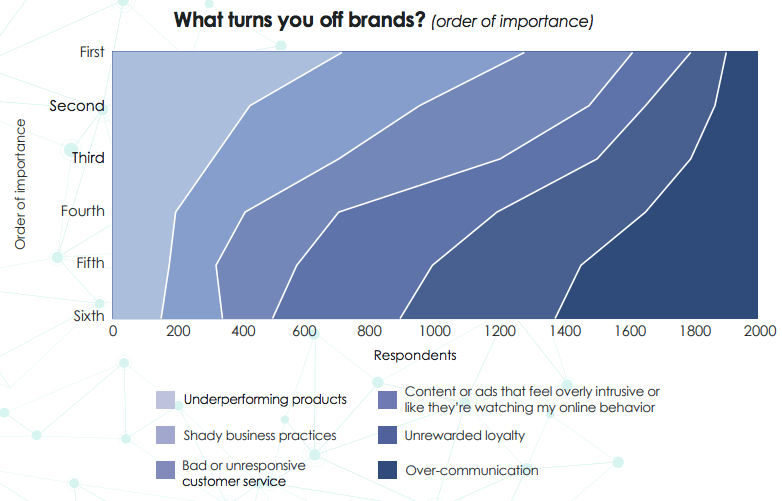
From a brand perspective, the chart above is perhaps the most valuable content in the report. But while customers said they were upset or alienated by “content or ads that feel overly intrusive or like they’re watching my online behavior,” they were still willing to share personal information if it resulted in promotional offers and new product details or insider information.
These two sets of findings in the same survey perfectly illustrate the challenge brands face: creating “personalized” content, ads and promotions that don’t feel “too intrusive.” Damned if you do, damned if you don’t.
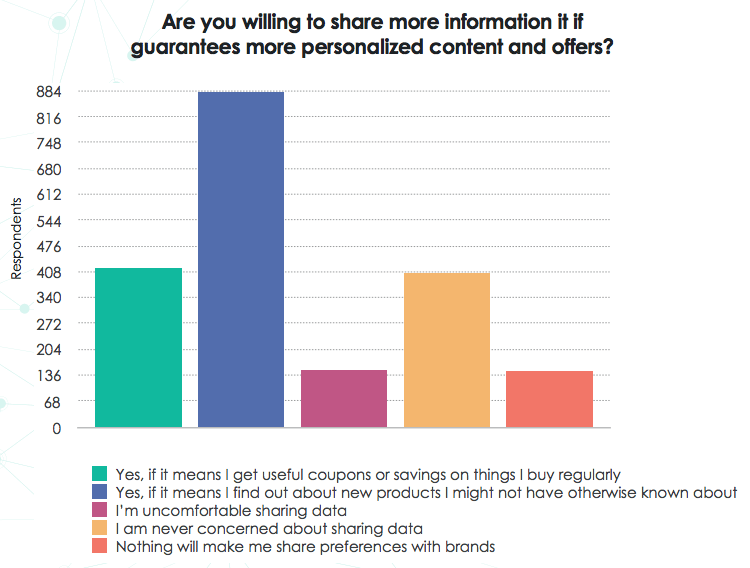
The full study is available here (registration required).
Marketing Land – Internet Marketing News, Strategies & Tips
(32)
Report Post